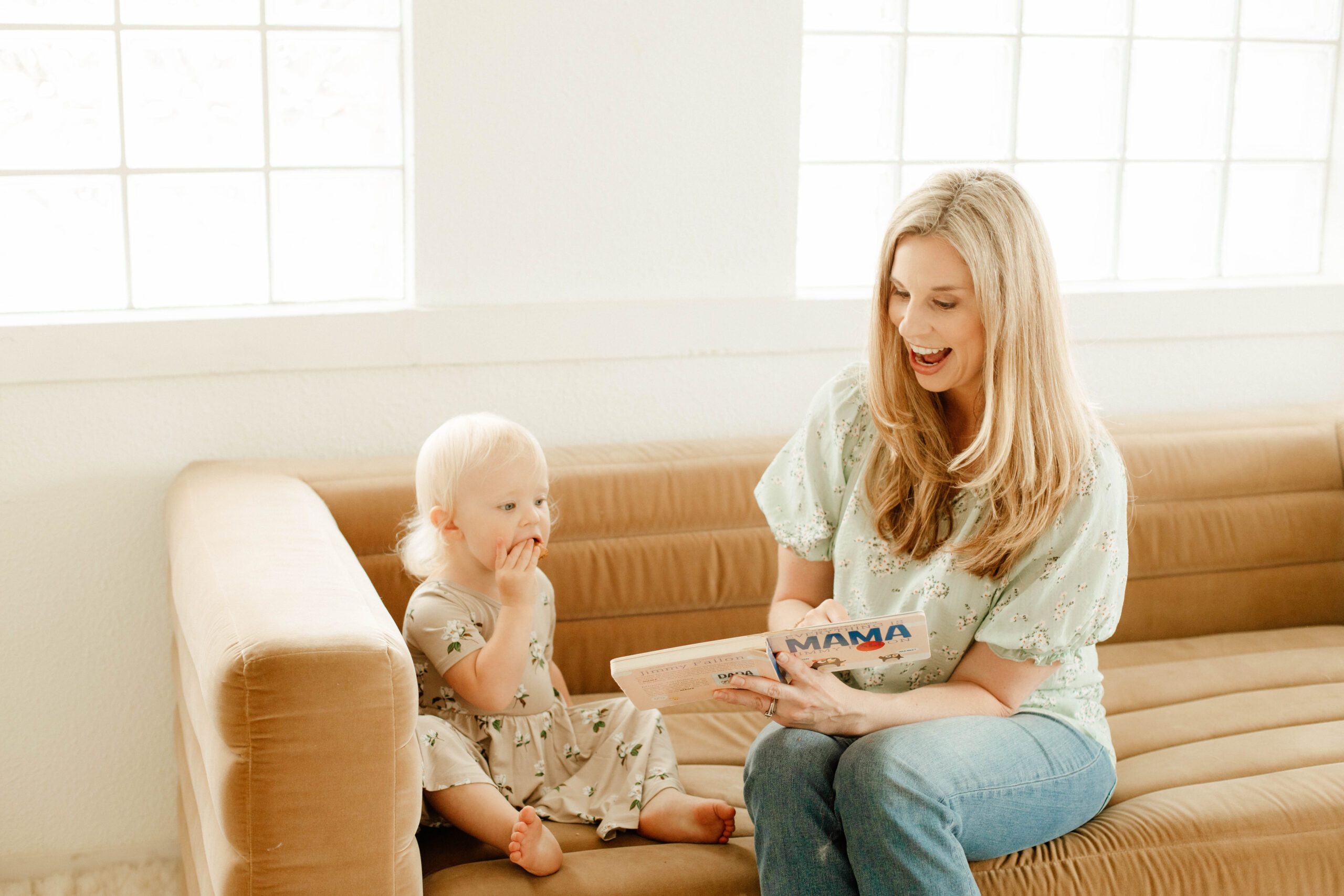
Just listening to child provides a Speech Pathologist with a lot of valuable information regarding their developing speech and language skills. When obtaining a language sample, one of the things we listen for is which morphemes a child is using.
What is a Morpheme?
A morpheme is a unit of meaning. For example, running is two morphemes “run” and -ing. The thing to know is that morphemes follow a developmental pattern. This is how we know which morphemes your child is expected to master by what age. How do we know this? Because a researcher by the name of Roger Brown followed a group of children over an extended period of time to determine the age of mastery for 14 different morphemes.
Brown’s Morphemes
| Morpheme | Example | Age of Mastery * (In Months) |
| Present Progressive – ing | Daddy driving | 19-28 |
| In | Milk in cup | 27-30 |
| On | Hat on chair | 27-33 |
| Regular plural -s | Kitties eat my ice cream | 27-33 |
| Irregular past | Came, fell, broke, sat, went | 25-46 |
| Possessive ‘s | Daddy’s watch broke | 26-40 |
| Uncontractible copula (Verb to be as main verb) | He is. (Response to “Who is in your room?”) | 29-48 |
| Articles | I see a puppy | 28-46 |
| Regular past -ed | Mommy walked | 26-48 |
| Regular third person -s | Joey runs | 28-50 |
| Irregular third person | He has juice. He does | 28-50 |
| Uncontractible auxiliary | He is (Response to “Who’s wearing your hat?”) | 29-48 |
| Contractible copula | Baby’s little | 29-49 |
| Contractible auxilary | Daddy’s eating food
Daddy is eating food |
39-50 |
*Used correctly 90% of the time in obligatory contexts. Adapted from Bellugi & Brown (1964); R. Brown (1973); and J. Miller (1981).
Brown’s Morphemes and Early Language
For our purposes, let’s look at the earliest developing morphemes since these are the most relevant to the first three years:
| Present Progressive – ing | Daddy driving | 19-28 months |
| In | Milk in cup | 27-30 months |
| On | Hat on chair | 27-33 months |
| Regular plural -s | Kitties eat my ice cream | 27-33 months |
This means we want to hear verbs with -ing endings such as running, jumping, etc. by 28 months. We want to hear the prepositions “in” and “on” by 30 and 33 months, respectively. Finally, we want to hear regular plural s (kitties, babies, books, etc.) by 33 months.
Looking at which morphemes a child is using allows us to see if their language development is on track. It also allows us to tailor treatment to target exactly where your child is falling behind.
What if my Child is Behind?
A Speech Language Pathologist can help provide specific strategies to keep your child’s language development on track. Additionally, you can support your child’s language skills at home with the following activities:
1) Read, Read, Read! Reading provides a ton of language input for your child to hear and process. You can also talk about what you see in the pictures (She is running, The hat is on the table, etc.) for even more language input.
2) Talk to your child and narrate your day like a “sportscaster or “newscaster.” For example, “I am putting the dirty clothes in the hamper.” Again, your language input provides fantastic models of various language structures.
3) Provide extra models of missing morphemes in your own speech. For example, if your child is not yet using the morpheme “in,” provide examples of “in” throughout the day (For example: “I’m putting the trash in the garbage can,” “The present is in the box.”)
If you are concerned that your child’s language skills are behind, consult with a Pediatric Speech-Language Pathologist. A Speech Pathologist can evaluate your child’s speech and language skills and provide specific interventions to help keep your child’s speech and language skills on track.
 Brooke Andrews, M.A. CCC-SLP is owner of The Speech Dynamic and specializes in providing speech and language therapy toddlers and preschoolers in Houston, TX. Her clinical expertise include early intervention, language delays, and apraxia of speech in young children.
Brooke Andrews, M.A. CCC-SLP is owner of The Speech Dynamic and specializes in providing speech and language therapy toddlers and preschoolers in Houston, TX. Her clinical expertise include early intervention, language delays, and apraxia of speech in young children.






